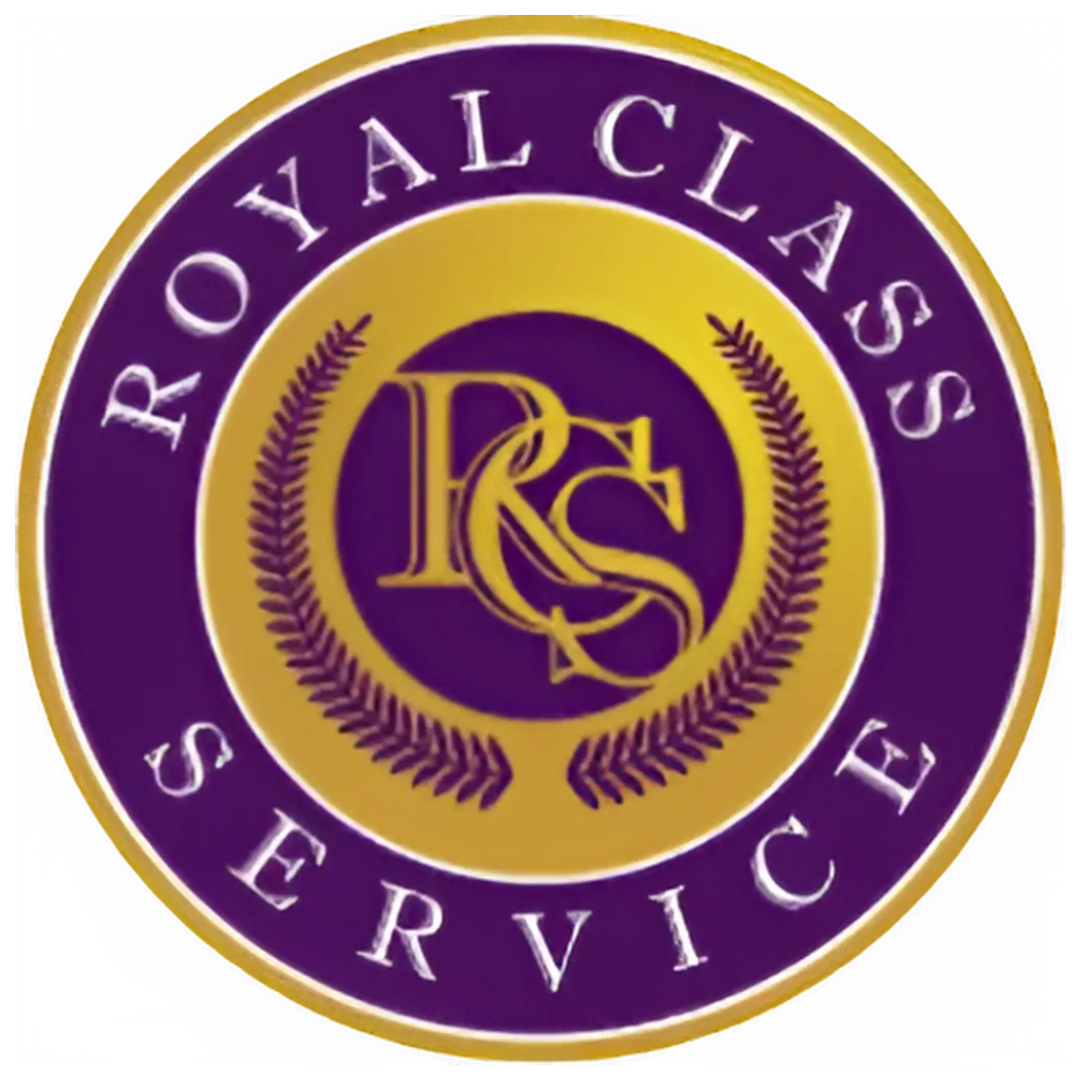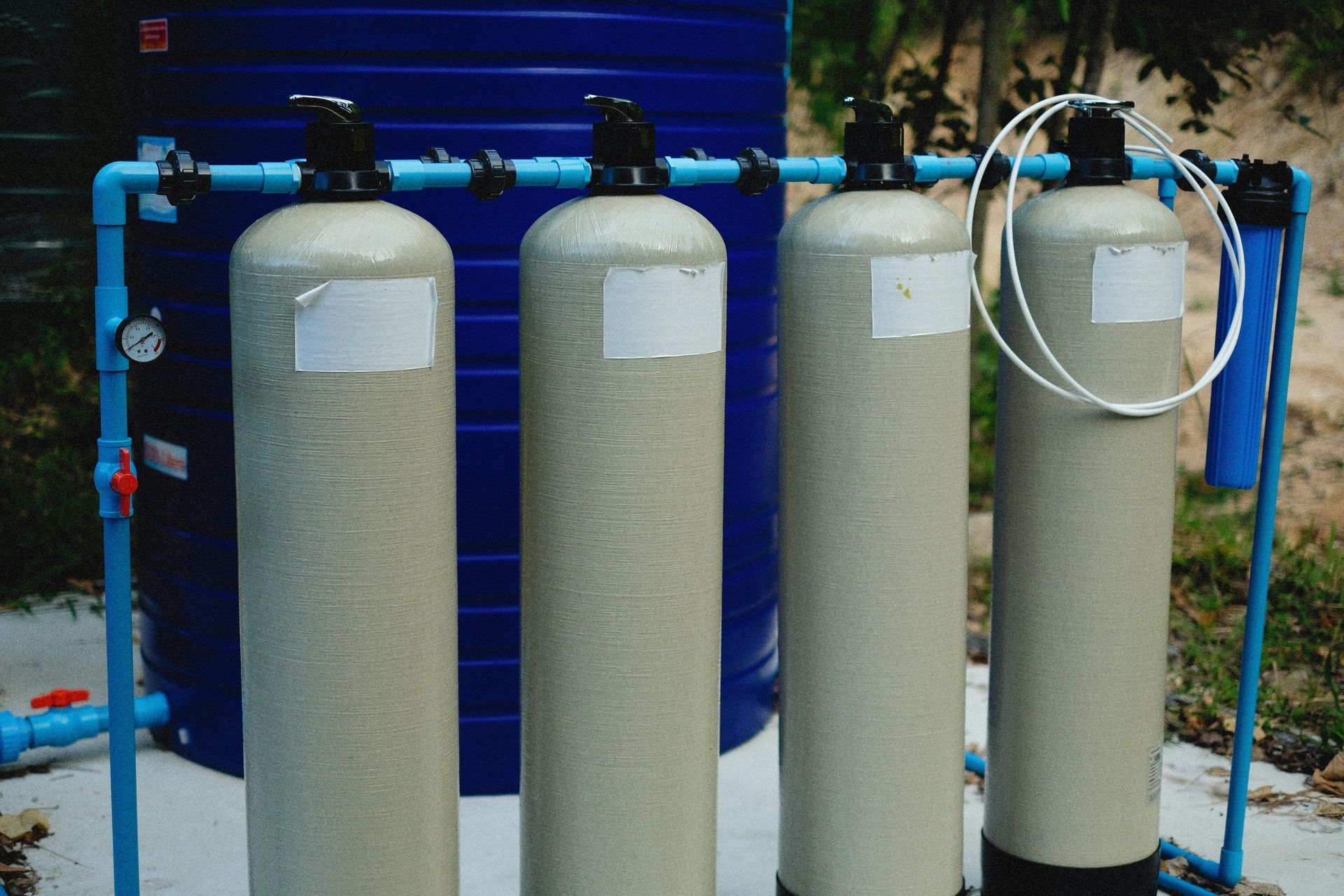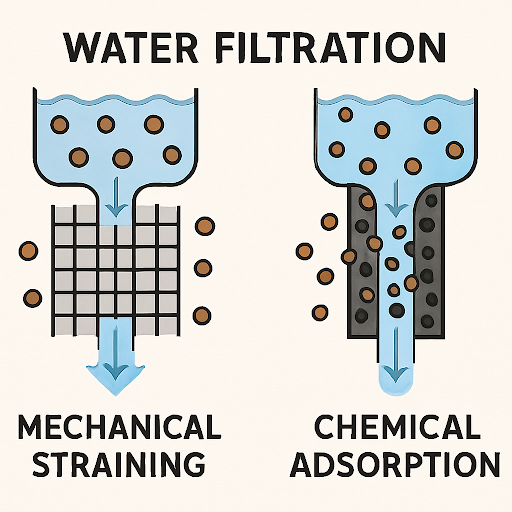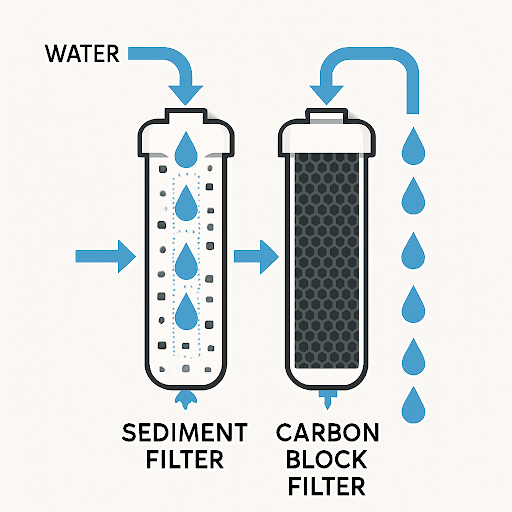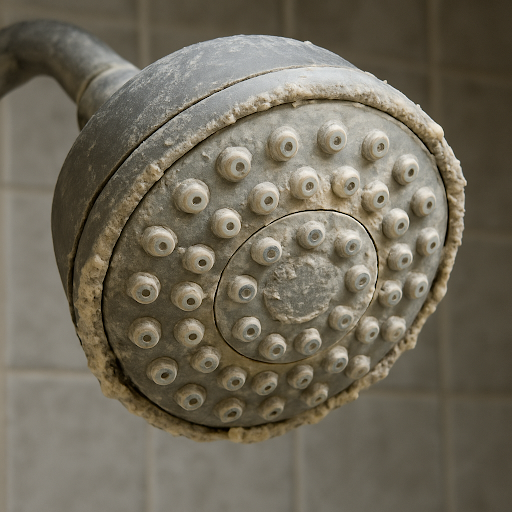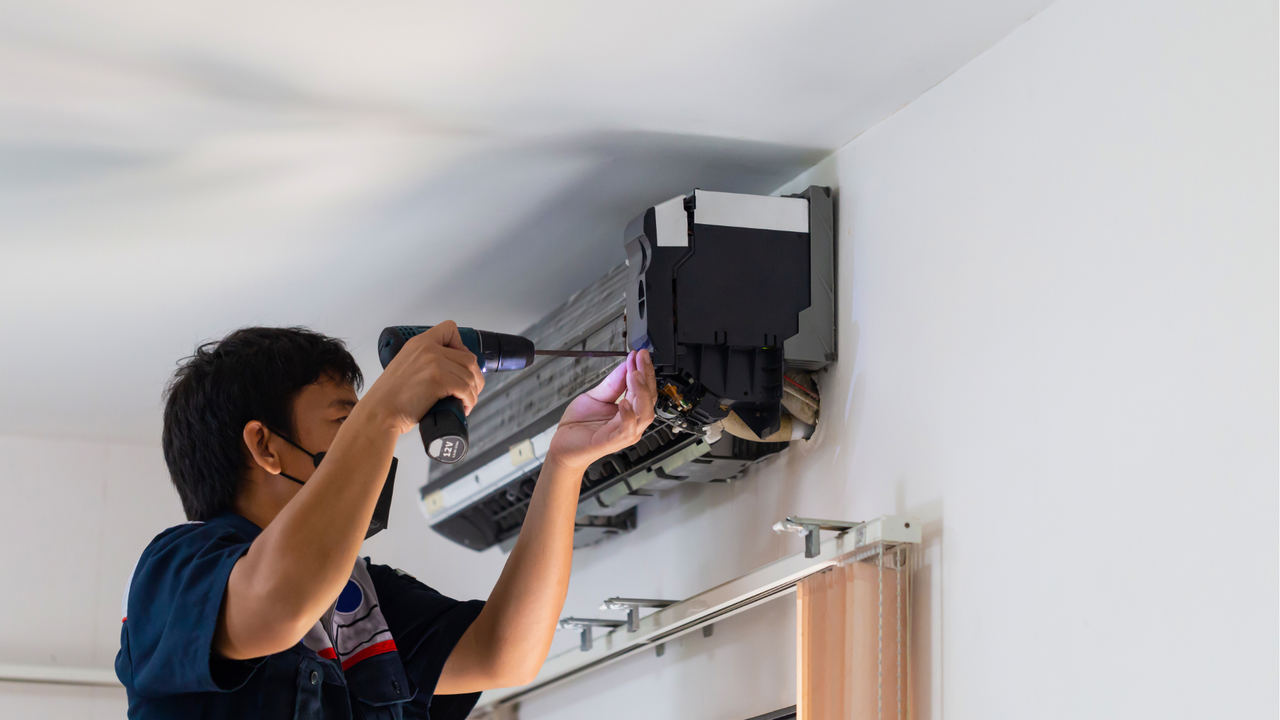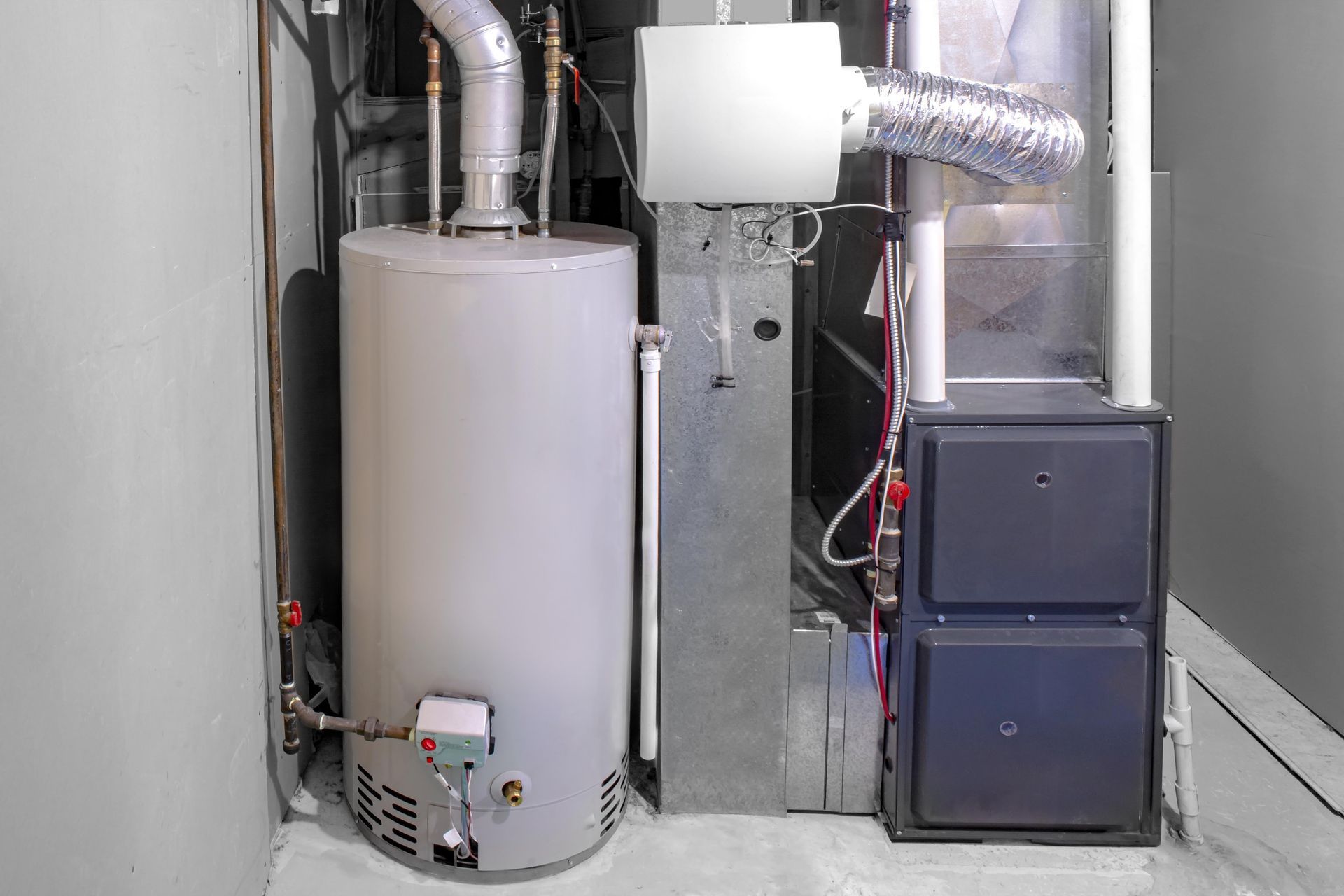How Much Does Sewer Line Repair Cost? 2025 Pricing Breakdown and Key Factors
Sewer line repair involves diagnosing and fixing underground wastewater pipes. In 2025, national averages range from minor cleaning jobs under $200 to full replacements averaging around $3,319. This guide explains how cost-per-foot, repair method, pipe material, and site conditions determine final bills, helping homeowners estimate budgets and prioritize inspections. It covers price ranges, per-foot metrics, factors adding restoration or permit costs, and decision criteria for repair versus replacement.
Average Cost to Repair or Replace a Sewer Line in 2025
Sewer line repair and replacement costs vary significantly by severity and method. Minor cleaning or snaking can be under $200, spot repairs range from several hundred to a few thousand dollars, and full replacements average about $3,319 nationally in 2025. This variation reflects differences in linear feet, pipe material, and whether landscape or driveway restoration is required. Understanding these ranges helps homeowners prepare for quotes and camera inspections.
- Minor service and cleaning: Generally under $200 to $600 for snaking or hydro jetting.
- Spot repair or lining: Typical $300 to $2,500, depending on access and length.
- Full replacement: Often $1,500 to $7,000,+ depending on per-foot rates and restoration.
Different repair types map to different typical price bands:
- Snaking / Hydro jetting: $100–$600 (service fee)
- Spot repair / Lateral patch: $300–$2,500 ($50–$150 per ft, varies)
- Trenchless lining (CIPP): $800–$5,000 ($90–$250 per ft)
- Full excavation replacement: $1,500–$7,000+ ($50–$250 per ft)
Sewer Line Repair Costs by Method

Repair costs depend on the chosen method and pipe condition. Snaking is inexpensive for simple clogs but often temporary. Hydro jetting costs more, removing heavy buildup and roots for a deeper clean. Camera inspection fees add crucial diagnostic clarity.
Average Sewer Line Replacement Cost
Full sewer line replacement averages roughly $3,319 nationally in 2025, with totals depending on length, material, and site restoration; per-foot rates typically range from $50 to $250. A 40-foot replacement plus driveway restoration can quickly exceed $5,000. Replacement is chosen for collapsed, extensively corroded, or irreparable pipes, delivering long-term reliability.
Minor Sewer Line Repair Costs: Snaking and Hydro Jetting
Minor repairs like snaking typically cost under $200 for basic clog removal; hydro jetting ranges from $300 to $800. These methods address blockages when the pipe structure is sound. Recurrent clogs after cleaning suggest deeper structural problems, warranting a camera inspection.
Factors Affecting Sewer Line Repair and Replacement Costs
Cost drivers for sewer work include pipe material, linear footage, depth, accessibility, damage type, labor, permit fees, and landscape or driveway restoration. Each factor changes the repair mechanism and practical cost. Homeowners should evaluate these with contractors and request line-item estimates.
- Pipe material: Dictates repair suitability and longevity (e.g., cast iron harder to line; PVC cheaper to replace).
- Linear footage: Multiplies per-foot pricing (e.g., 30 ft × $120/ft = $3,600 pipe cost).
- Depth/access: Increases labor and excavation time (e.g., deep trenches add heavy equipment fees).
- Location (driveway/slab): Adds restoration and demolition costs (e.g., driveway replacement can exceed $2,000).
- Permits/inspections: Administrative fees and required checks ($100–$1,000 depending on jurisdiction).
Main Sewer Line Repair Methods and Costs
Major methods—traditional excavation, pipe lining (CIPP), pipe bursting, and minor cleaning—each offer different trade-offs in cost, disruption, and longevity. Trenchless options typically cost more per foot but save on restoration. Excavation can be cheaper for the pipe but costlier when hardscape must be repaired. Understanding method pros and cons helps homeowners prioritize long-term value.
- Traditional excavation: $1,500–$7,000+ (Pros: Works for collapsed pipes; universal. Cons: High restoration costs, disruptive.)
- CIPP lining (pipe lining): $800–$5,000 (Pros: Less surface disruption; durable. Cons: May reduce diameter slightly; not for collapsed runs.)
- Pipe bursting: $1,000–$6,000 (Pros: Replaces pipe without full trench. Cons: Requires access pits; not always feasible.)
- Snaking / Hydro jetting: $100–$800 (Pros: Low cost; clears blockages. Cons: Temporary for structural issues; recurrence possible.)
How to Decide Whether You Need Repair or Replacement
Deciding between repair and replacement requires assessing damage extent, pipe age, material, failure frequency, and a lifecycle cost comparison. Repairs are sensible for isolated problems on short lengths; replacement is often more economical for multiple failures or end-of-life material. Always obtain a camera inspection before committing to major work.
- Repair candidates: Isolated leaks, single small cracks, or short-offset joints.
- Replacement candidates: Repeated collapses, extensive corrosion, or multiple failing joints.
- Diagnostic step: Always obtain a camera inspection before committing to major work.
Long-Term Cost Comparison: Repair vs. Replacement
Several spot repairs and repeated cleanings can exceed a one-time replacement cost, leading to recurring disruption. For example, three spot repairs at $1,000 each plus restoration can surpass a single $3,500 replacement. Replacement typically extends useful life by decades, reducing long-term risk and future emergency repairs. Compare repair frequency against replacement amortized over the expected pipe lifespan.
Final Thoughts
Understanding sewer line repair and replacement costs, methods, and influencing factors is crucial for any homeowner. From minor clogs to full pipe collapses, knowing your options and the associated expenses empowers you to make informed decisions. Beyond sewer lines, remember that other critical plumbing components like water heaters and sump pumps also require professional attention, and issues like frozen pipes can cause significant damage. Always prioritize professional diagnostics, compare bids thoroughly, and consider the long-term value of your investment. Being prepared can save you significant time, money, and stress.
Ready for a Professional Estimate?
Don't let sewer line issues become a bigger problem. Get accurate pricing and expert advice from local professionals. Get your free quote today!
